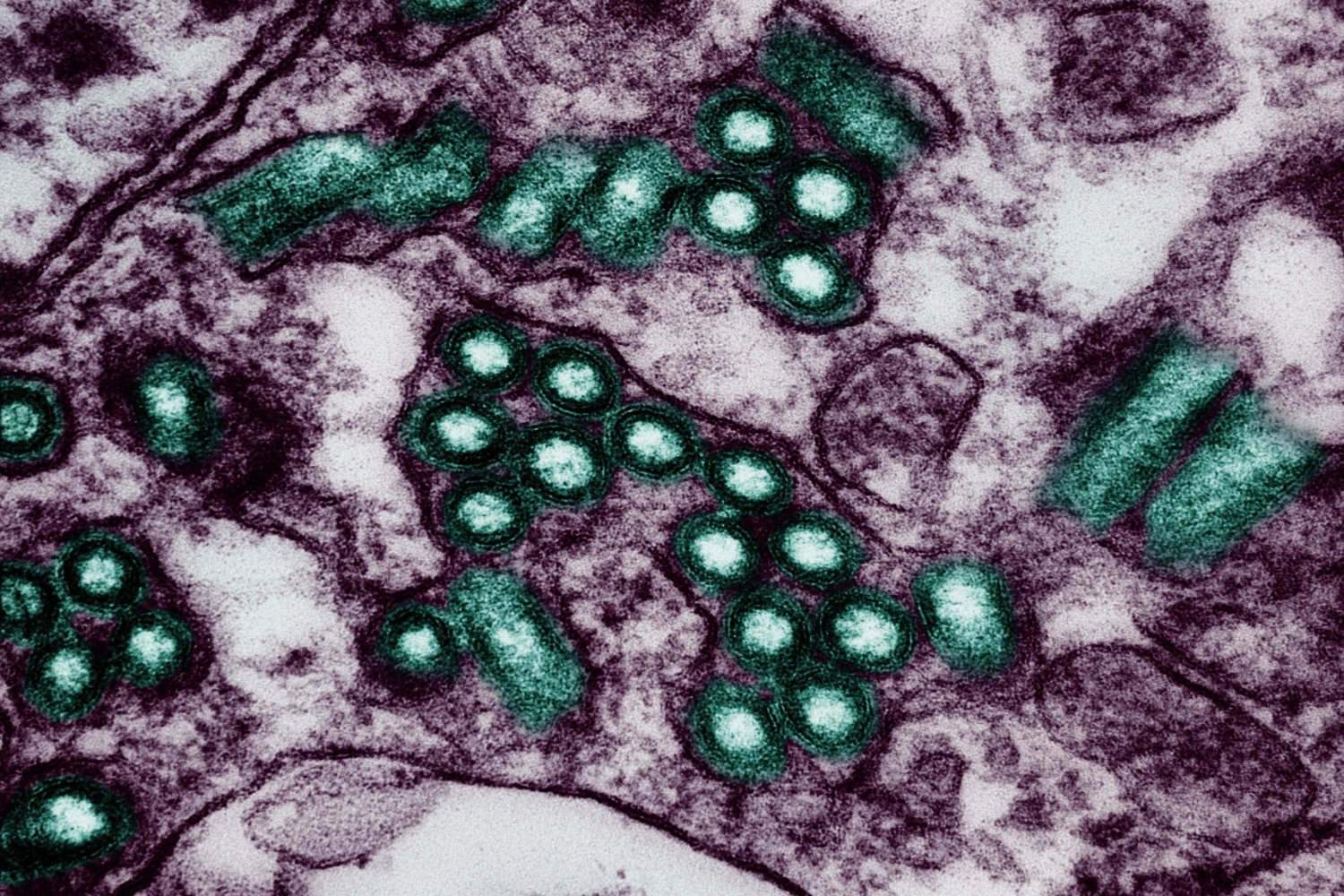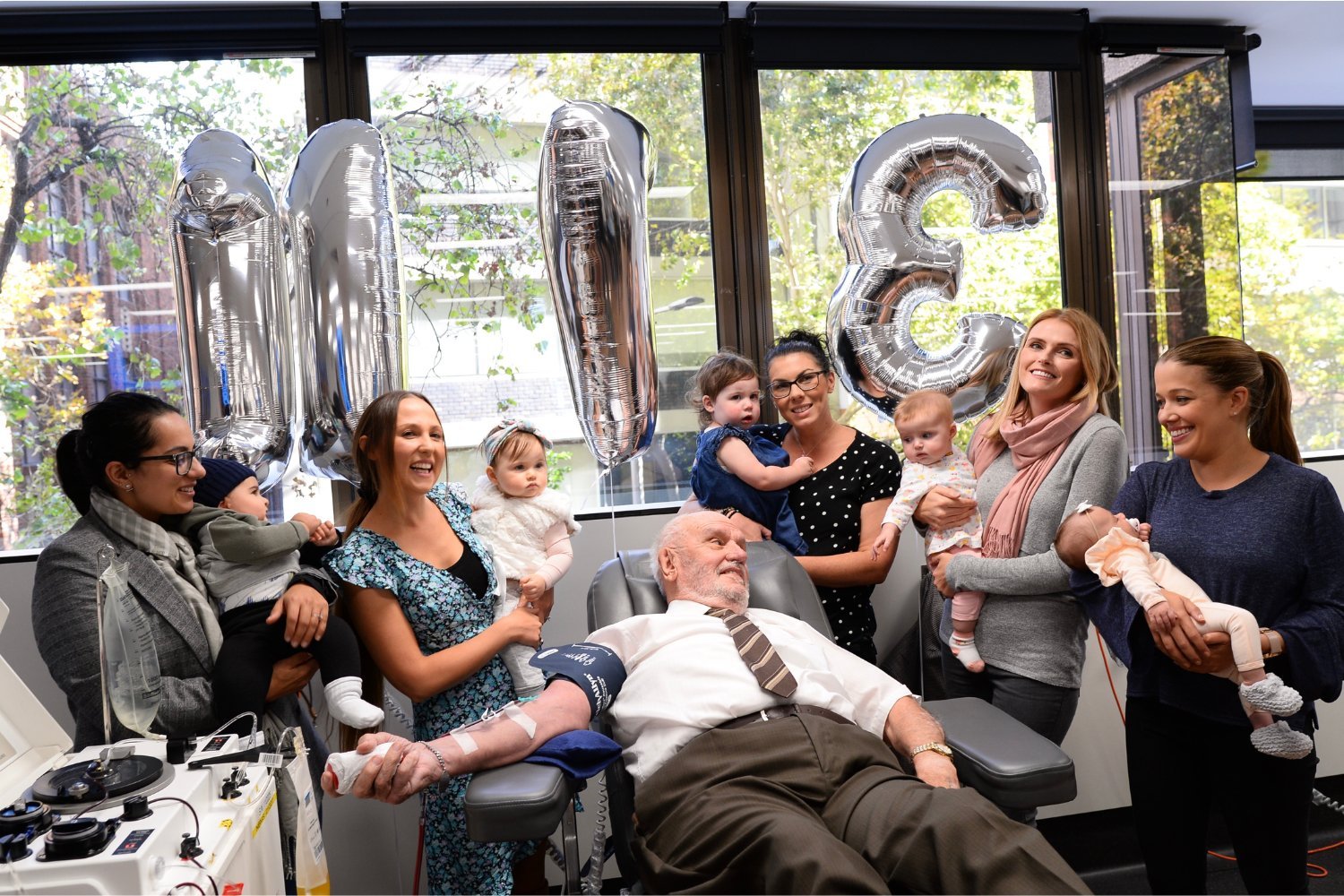Living organ donation, particularly kidneys and more recently livers, remains a relatively uncommon procedure. While our bodies can function with one kidney and the liver has regenerative capabilities, many potential donors hesitate due to misconceptions and practical barriers. This article explores the myths surrounding living kidney donation and discusses strategies to encourage more people to consider this life-saving act.
Debunking Myths about Living Kidney Donation
One persistent misconception is that donating a kidney significantly impacts the donor’s health and lifespan. However, studies have shown that kidney donors typically live as long as the general population, with minimal long-term health effects. Some studies suggest a slightly elevated risk of hypertension or diabetes, but the overall risk profile remains low. Furthermore, kidneys from living donors tend to function better and last longer in recipients, sometimes exceeding 20 years.
Another common misconception is that potential donors need to be a direct match for the recipient. Modern transplant centers utilize kidney donor chains, which are a series of transplants involving multiple donors and recipients. This system allows individuals to donate to a stranger even if they aren’t a match for their intended recipient, ensuring that everyone in the chain receives a compatible kidney. Altruistic donation, where individuals donate without knowing a recipient, is also possible. Transplant centers can find a matching recipient for anyone willing to donate.
The belief that only young people can donate is also inaccurate. Healthy individuals over 60 can be excellent candidates, often having advantages such as retirement and fewer childcare responsibilities. Rigorous medical evaluations determine donor suitability, and age isn’t necessarily a disqualifying factor.
Finally, the medical teams evaluating donors operate independently from the recipient’s medical team, ensuring no pressure is placed on potential donors. Donors can withdraw from the process at any point without explanation.
Addressing Financial and Practical Barriers
Despite advancements in transplantation, the number of living kidney donations remains relatively low. In the U.S., approximately 6,500 living kidney donations occur annually, compared to around 25,000 total kidney transplants. Financial disincentives play a significant role in this disparity. While recipient insurance covers medical expenses, donors often incur substantial out-of-pocket costs for lost wages, travel, and childcare. These expenses can deter potential donors, even those willing to donate.
Policymakers and organizations like the National Living Donor Assistance Center can take several steps to encourage more donations. Expanding reimbursement to cover all direct and indirect donation costs, regardless of income, is crucial. Full compensation for lost earnings, dependent care, and travel expenses would make donation financially neutral. Providing long-term health insurance for donation-related complications would further alleviate financial concerns. Some U.S. lawmakers advocate for free lifetime healthcare for donors.
Beyond direct cost reimbursement, acknowledging the non-financial burdens of donation, such as pain, anxiety, and inconvenience, through a refundable tax credit is also important.
The Economic and Ethical Considerations
Each kidney transplant saves the healthcare system an estimated $150,000. Increasing living kidney donations would significantly reduce reliance on dialysis, leading to substantial Medicare savings and improved health outcomes. Implementing policies to eliminate financial disincentives aligns with ethical considerations and sound financial policy. While direct payment for organs remains ethically controversial, reimbursing all donor costs enjoys widespread support.
A Personal Perspective
A recent JAMA Internal Medicine article highlighted a personal experience of living kidney donation, emphasizing the relative ease and positive outcome for both donor and recipient. The donor, Professor Elizabeth Plummer, experienced minimal pain and returned to work within a week. Her cousin, the recipient, no longer requires dialysis and enjoys improved health and quality of life.
Conclusion
Living kidney donation offers a powerful way to save lives and improve health outcomes. By addressing misconceptions, eliminating financial barriers, and promoting awareness, we can encourage more individuals to consider this life-saving act. Policy changes that ensure financial neutrality for donors, coupled with public education campaigns highlighting the safety and benefits of living donation, can significantly increase the number of transplants performed, ultimately benefiting both individuals and the healthcare system.











